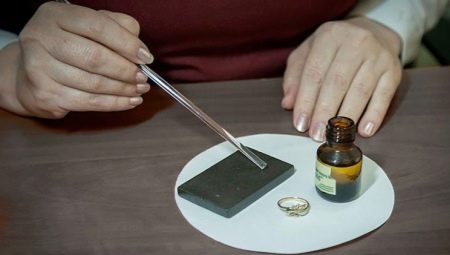Today, gold remains one of the most valuable metals on the market, so the number of cases selling fake jewelry is increasing daily. Fortunately, modern technology allows you to determine the authenticity of a gold product very accurately and quickly. However, there are situations when there is no time or opportunity to go to a special service, then You can determine the authenticity of gold at home.

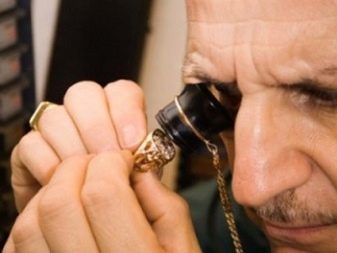
Why is this necessary?
In fact, most of the methods will allow you to fairly accurately determine whether the real gold is in front of you or, after all, a fake. This will save you both time and money. One such way is check with iodine. With this check, it affects the chemical compounds of the product and has a reaction.
Checking gold with iodine is very convenient, since only this metal enters such a reaction. After applying the substance to the jewelry, a dark spot will appear on real gold, it may vary slightly in color with different samples, for example, 375 samples it's a dark green spot, and 585 samples trace color is dark brown. However, this will be a dark spot anyway.
If the product does not react to iodine in any way or a bright spot remains, then you have any metal in front of you, for example copper or bronze, but not gold.
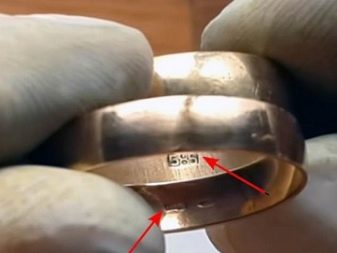
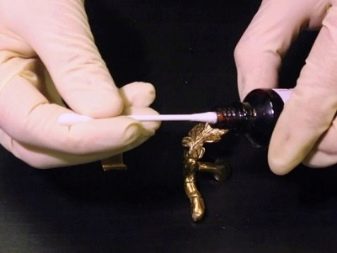
Validation Procedure
Important! To begin with, you should know that precious stones are not suitable for this verification method.
If you are interested in this method of verification, then you will have to purchase several things:
- iodine;
- a cotton swab or match with a cotton wool (sponge) at the end;
- a small piece of sandpaper or any other abrasive;
- if you are checking small details or decoration elements, you will need a magnifier (to notice blackening) and tweezers.
After preparing everything you need, the process of checking at home will take you no more than 5 minutes.
- To get started, take the product itself. In this test, the “age” of gold and the period of its last cleaning absolutely do not play a role. Most often, 585 gold is checked for authenticity, as in some cases jewelry made of it has an unusual reddish tint, but this does not mean at all that the product is fake. Here the fact is that quite a few ligatures are added to the alloy.
- Then you need to slightly rub the jewelry on the inside for a more accurate reaction with iodine. The size of the “rubbed” place also does not play a role here, so try to make the interaction space not very large and less noticeable.
- Next, using a cotton swab or other device, you need to apply a small amount of iodine to the rubbed place. Do not try to apply the substance a lot - so the reaction, of course, will be more pronounced, but you should also remove this stain.
- Well, now it remains only to wait for the reaction of the metal. If the place where you put the iodine in it is getting dark or, in general, is getting black, then you have genuine gold. If a substance leaves a trace, but not dark, but light, or does not color the site of interaction at all, it means that you have some other metal in front of you, and maybe not a metal at all.
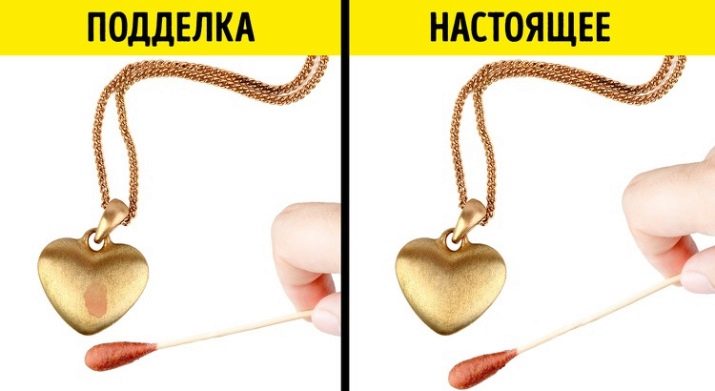
How to get rid of stains?
If you determine that your gold item is truly genuine, you have another question: how now to get rid of this dark spot. In fact, doing this is as easy as checking gold with iodine. In general, this stain disappears on its own with time, but if you need to remove it urgently, then you can use one of the methods. To begin with, the stain cannot be removed. using powder or soapy water.
Lime and Soda
The oldest and most proven for several generations is The method of cleaning with lime, soda and salt. You need to take 80–90 g of lime, 30 g of salt and 70 g of soda. All this must be mixed in 1 liter of water. And then lower the gold product into this water for about 1 hour.
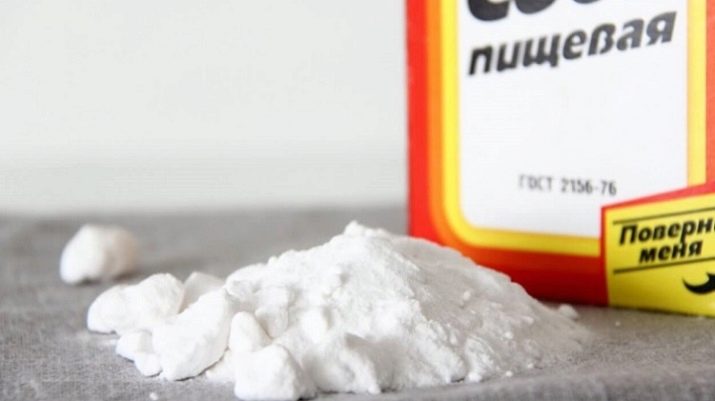
Using ammonia
Some use the method of purifying gold from stains using ammonia, but there are a number of disadvantages.
- vinegar does not always perfectly remove stains; in some cases, a mark still remains.
- you need to keep gold in it for a long time to get a good result.
Well, the smell after ammonia will remain in the apartment for about three more days.

Vinegar
Still can help you vinegar essence or just table vinegar. When using this method, all exposed skin and eyes should be protected, as the substance may provoke a chemical burn. Next, take a piece of cotton or a cotton pad, moisten it in the essence and rub the stain until it disappears completely. Then wash the gold in plain water and dry well.
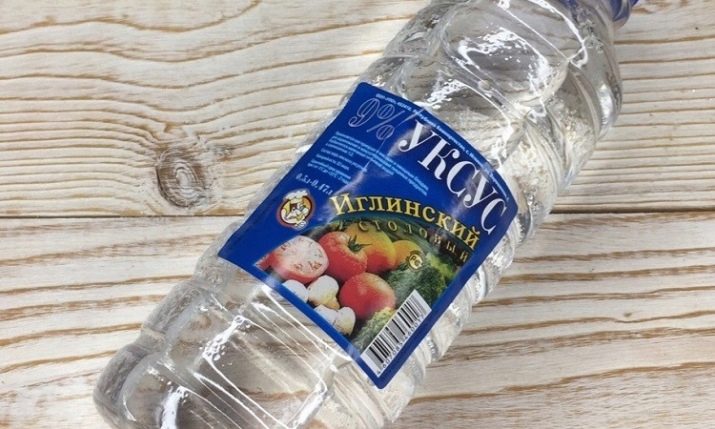
Hyposulphite
Also, for cleaning, you can use a special substance - hyposulfite, you can purchase it at any pharmacy. To clean, stir 1 tablespoon of hyposulfite in a glass of warm or cool water. In this solution, lower the decoration for half an hour or an hour. Then rinse in water and dry.
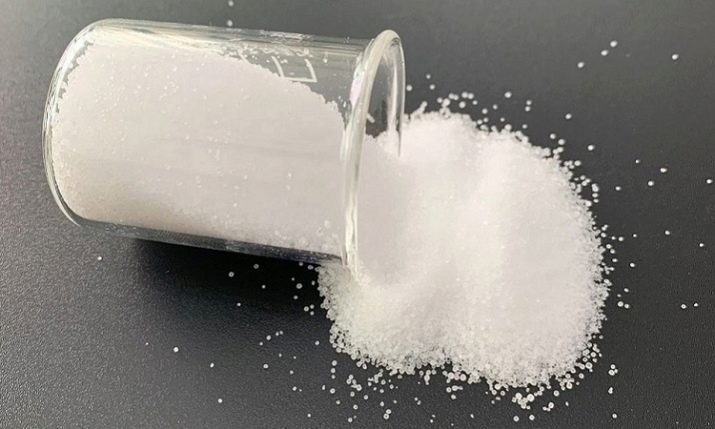
Coca cola
Another time-tested method of purification is immersion of a product with an iodine stain in a container with Coca-Cola. In addition to eliminating the stain, you also get the cleaning of the product itself from dirt and grease. If the stain cannot be eliminated in any way, do not despair, you can always refer jewelry to specialists. MAsters from jewelry stores can remove this stain using special modern tools in just a couple of minutes.
You should also know that Check the product with iodine only if the jewelry is made of a solid metal alloy.. It is unlikely that it will be possible to successfully verify a gilt decoration, since during sanding you can simply erase the gilding layer and then the product will need to be brought to the service for an additional gilding procedure. Therefore, before checking, look at the product tag or just immediately take the jewelry to a specialist.
Although the method of checking gold with iodine is one of the most accurate and fastest at home, you will not get 100% reliable results. Therefore, if you need a guaranteed product rating, take it to the master.
And in order not to think about fake products, buy them in certified stores that you trust, and where the craftsmen check the jewelry.
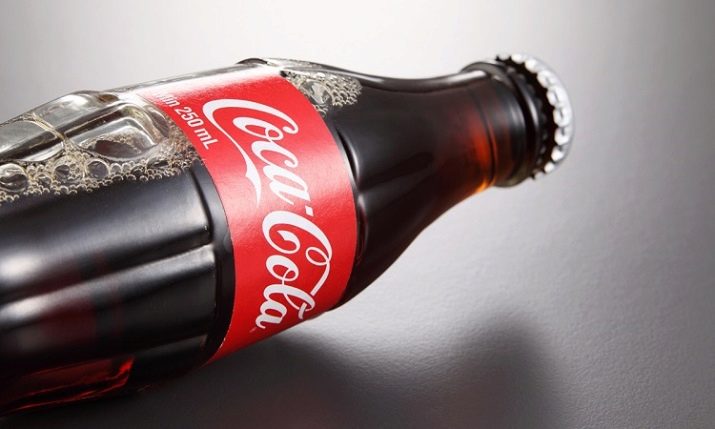
On how to check gold with iodine at home, see the next video.
